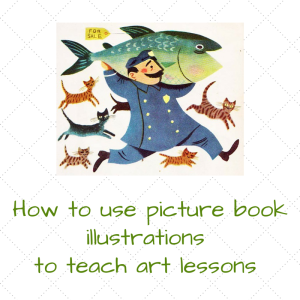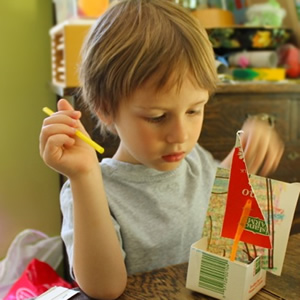There's an abundance of printable worksheets available to educators today. The question is - how relevant and valuable are they to a child's learning experience? A worksheet generally only has a "right" or "wrong" outcome and challenges children at a knowledge level. Often children are not required to engage in original or critical thinking. An alternative to worksheets are recording sheets. ... continue reading...
PICTURE BOOK ILLUSTRATORS
Becoming familiar with the works of award-winning picture book illustrators is helpful when you're looking for ideas and inspiration to create and teach art lessons. Looking at picture books is a great way to introduce students to art and to inspire them to create their own works of art. Using picture books when you teach art, contributes to a child's awareness of the elements of art and the ... continue reading...
ART FOR CHILDREN – 8 SKILLS FOR SUCCESS
As well as helping children appreciate beauty and have opportunities for self-expression, art also gives them plenty of time to develop creative problem solving skills. Some young children starting daycare, preschool or kindergarten lack experiences with basic art skills, art projects and products. These students may get frustrated when they see their peers' successful creations while the ... continue reading...
- 1
- 2
- 3
- …
- 66
- Next Page »


